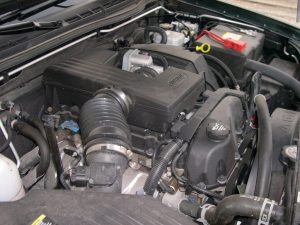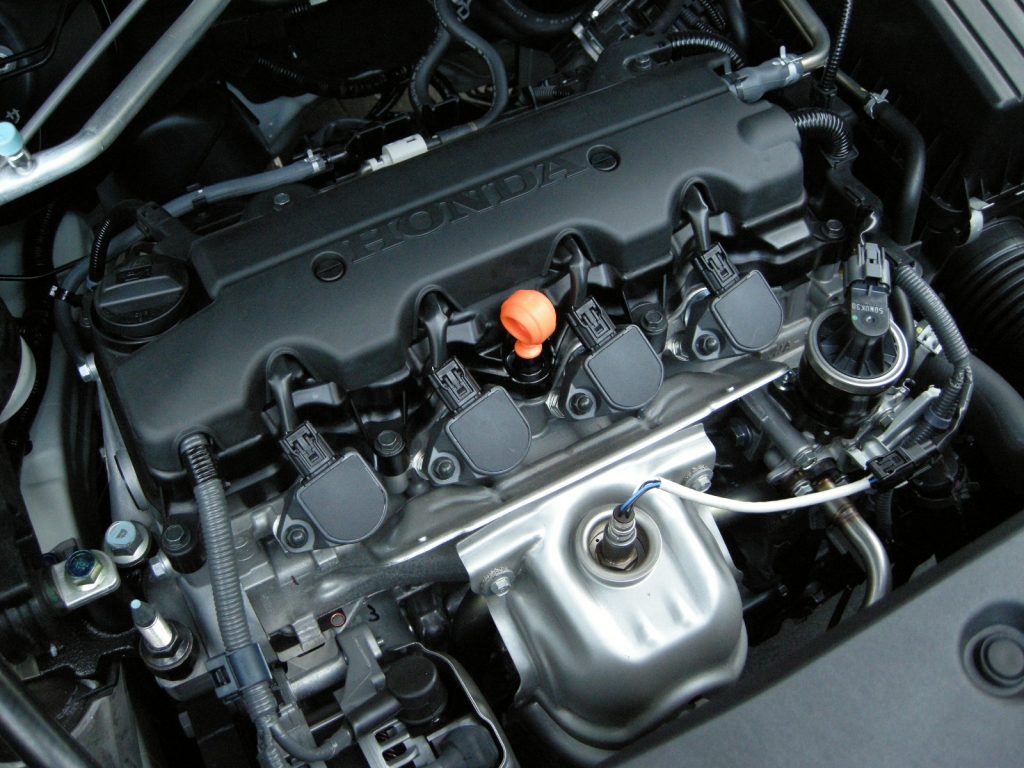What Are the Causes of Hot Start Engine Problems?
Contents
– How to diagnose a hot engine start problem?
– What are the leading causes of a hot engine start problem?
– How much does it cost to repair a hot engine start problem?
Diagnosing a hot engine start problem in an automobile is a difficult task. Its resolution requires in-depth technical knowledge held by professionals or by enlightened amateurs. Here is an outline of the different diagnostic methods and some possible causes.
How to diagnose a hot engine start problem?
From the outset, in the Cartesian and experienced mind of the technician, a hot start problem is less logical, and therefore often more complex to solve than a cold start problem. Indeed, the cold engine, with its increased internal mechanical resistances, condensation, pressurization of the fuel system, the starting energy effort supported by the battery, is more prone to identifiable starting problems (lack of fuel enrichment, glow plug failure for diesel, weak battery, etc.).
To identify these malfunctions as best as possible, let’s use the diagnostic methodology used by professionals. This is based on logical checks based on the operating principle of the engine and preliminary examinations. The mechanic starts with checks that involve little time and disassembly, then continues with more thorough and specific checks as the diagnosis is refined.
What are the leading causes of a hot engine start problem?
Let’s assume that the vehicle typically starts when cold and analyze the possible causes of a hot start problem. You may involve the air supply, fuel supply, combustion temperature, pressure, ignition, or engine management.
Air supply
When the engine is hot, the amount of air needed for proper combustion is more significant than for a cold engine. However, a lack of air when hot due to, for example, a clogged air filter is an unlikely cause. This defect mainly affects the operation at high loads (smoke, lack of power).
Fuel supply

One of the only thermal consequences on the fuel supply system would be the seizure of the injectors when hot, which is unlikely to occur on all the injectors simultaneously but can be verified by checking the flow rate of the petrol injectors (on a bench) or by measuring the return flow rate of the injectors (HDI injection).
Combustion temperature and pressure
For correct combustion, the air-fuel mixture must reach a sufficient temperature (from 400 to 500°C before the combustion starts) obtained thanks to the compression pressure. A lack of pressure at the end of compression in a hot engine can be explained by valves that flange when hot, i.e., they are no longer sealed at the end of compression.
This can be checked by measuring the engine compression and checking the cylinder tightness, which can be solved by adjusting the valve clearance.
Spark generation (ignition system)
For spark-ignition engines (gasoline engines), the main possible hot failures are the ignition coil and the TDC sensor.
The ignition coil may be at fault on older vehicles equipped with a single ignition coil. For modern cars, which have an ignition coil per cylinder, this cause is not plausible since the probability that the coils of each cylinder are defective at the same time is almost zero. If a coil is faulty, the engine will be “limping” (3 cylinders out of 4 for a 4-cylinder engine).
The TDC sensor gives the position of the piston for the production of the spark. This electrical element’s failure is more likely and frequent, maybe due to a temperature threshold inherent in the engine when hot.
In this case, you must check the sensor and, if necessary, replace it.
Engine management
It concerns all the electrical power supply and the management of the vehicle’s various electrical and electronic parameters. A hot start problem can be mainly due to sensors, actuators, or power supplies.
You must examine three sensors:
– the TDC sensor, already incriminated previously ;
– the engine temperature sensor, if defective, causes over fuelling when hot and “drowns” the engine (black smoke when the starter is activated);
– the phase sensor gives the camshaft position: if it is defective when hot, it can prevent starting (an unlikely hypothesis since the defective sensor no longer blocks starting thanks to increasingly advanced backup strategies).
The engine management unit electrically controls the actuators. The elements likely to influence the hot start are :
– Seized injectors (see above);
– Solenoid valves, such as the solenoid shut-off valve for engines with rotary pumps or the flow and pressure regulator for the high-pressure pumps of common-rail direct injection engines.
Electrical power supplies can be the cause of an engine hot start problem. The ECUs can stop working when the voltage level is too low and prevent the engine from starting.
These malfunctions can occur while the engine is hot because of faulty ECU supply line connections (in this case, check the supply voltage values and the ground points).
What are the costs of repairing a hot engine start problem?
This table showing the various repair costs is given as an indication. Indeed, the technologies developed by the manufacturers are very numerous, and the prices of the parts are very variable, as well as the labor time.
Please note: these rates do not include the time required to search for faults and diagnose the problem, nor the fixed rates for the use of diagnostic tools.

